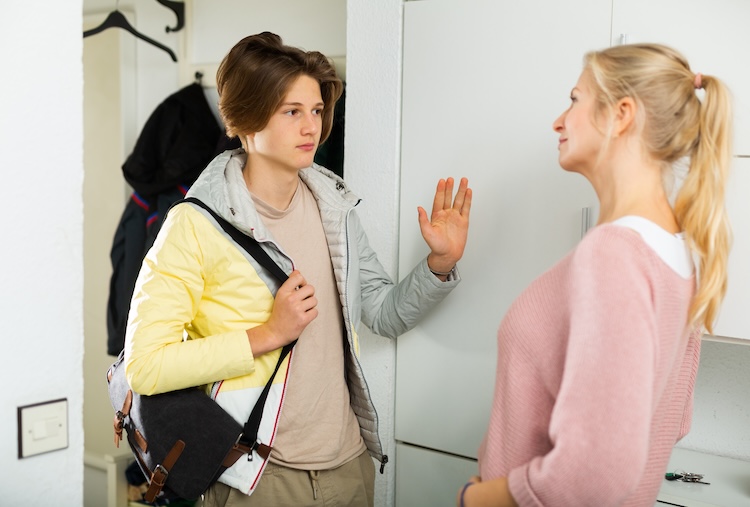As a High S-Style parent, I couldn’t wait for my “After School Talk Time” with my children, especially when they became teens and were involved in many activities. But along with this goal, I had to learn an important lesson – that I will share a bit later in this blogpost. It reinforced my deep conviction of how important it is to understand our DISC Styles.
As we go through the Adult to Teen DISC Series, the combination we will discuss this week is the High S-Style Adult and the High C-Style Teen.
As a reminder:
- The High S – is dependable, persistent, tender-hearted, slower-paced, people-oriented, cooperative, patient, and steady
- The High C – is precise, conscientious, systematic, slower-paced, task-oriented, likes procedures and details
In his excellent book, Different Children, Different Needs, Dr. Charles Boyd discusses this High S Adult/High C Child combination and shares the:
STRENGTHS: Both of you tend to be slower-paced, allow one another “alone time”, and can enjoy being together without a lot of conversation. Neither is pushy, and you both prefer to avoid conflict.
STRUGGLES: In this pair, the critical nature of your child can easily result in hurt feelings on the part of the parent. You will tend to suppress those feelings rather than talk about them. The child’s inner, intuitive, logical approach to life can at times clash with your more feelings-oriented focus. Also, you naturally work to develop close relationships, and you may feel concern about the child’s cool, calculated manner.
STRATEGIES:
- Recognize this child’s need for privacy. If there is a conflict, give him time alone to think, and ask to talk about the problem later.
- He needs private time to recharge after stress. Do not interpret this as rejection.
- Don’t push this child into closeness. Choose your sharing times carefully. Talk about how you feel and listen for understanding when you sense the child has withdrawn and shut down.
- Be prepared to give in-depth explanations in a patient manner.
- Allow him time for disappointment when he has not met his own high standards.
- Give sincere, descriptive praise and show appreciation for his work.
- Don’t overreact to his tendency to be critical, but gently guide him to accept shortcomings in himself and others.
[Excerpt(s) from DIFFERENT CHILDREN, DIFFERENT NEEDS: UNDERSTANDING THE UNIQUE PERSONALITY OF YOUR CHILD by Dr. Charles F. Boyd, copyright © 1994, 2004 by Charles F. Boyd. Used by permission of WaterBrook Multnomah, an imprint of Random House, a division of Penguin Random House LLC. All rights reserved.]
One of Dr. Boyd’s strategies that we saw work extremely well was giving our High C-Style Teen the private time to recharge after stress, or even after a busy fun day, if it was full of people and activities. Back to the “After School Talk Time” – I learned the critical importance of not expecting my High C-Style teens to want to walk in the door after school and sit and chat. They needed time alone in their rooms – to read, to nap, to recharge.
If you would like to know more about what renews and recharges each DISC Style, I’ve written a short e-book, “It’s Time for Self-Renewal” about how to have “Your Best Life”. Click here for how to access this helpful e-book.
For more helpful insights into developing better relationships with teens, I highly recommend a couple key books that address these issues:
- How to Talk So Kids Will Listen & Listen So Kids Will Talk, by Adele Faber & Elaine Mazlish
- The Five Love Languages of Teenagers: The Secret to Loving Teens Effectively by Gary Chapman and Ross Campbell
I hope this gives you an idea of how a High S Adult and a High C Teen can interact and some strategies to handle those interactions in the best way possible as well as some good next steps in those interactions, wherever they may occur.
QUESTION: What ways have you found to better connect with a teen who needs Quiet Alone Time to renew? I’d love to hear your thoughts and observations. Please share in the comment section below.








Leave A Comment